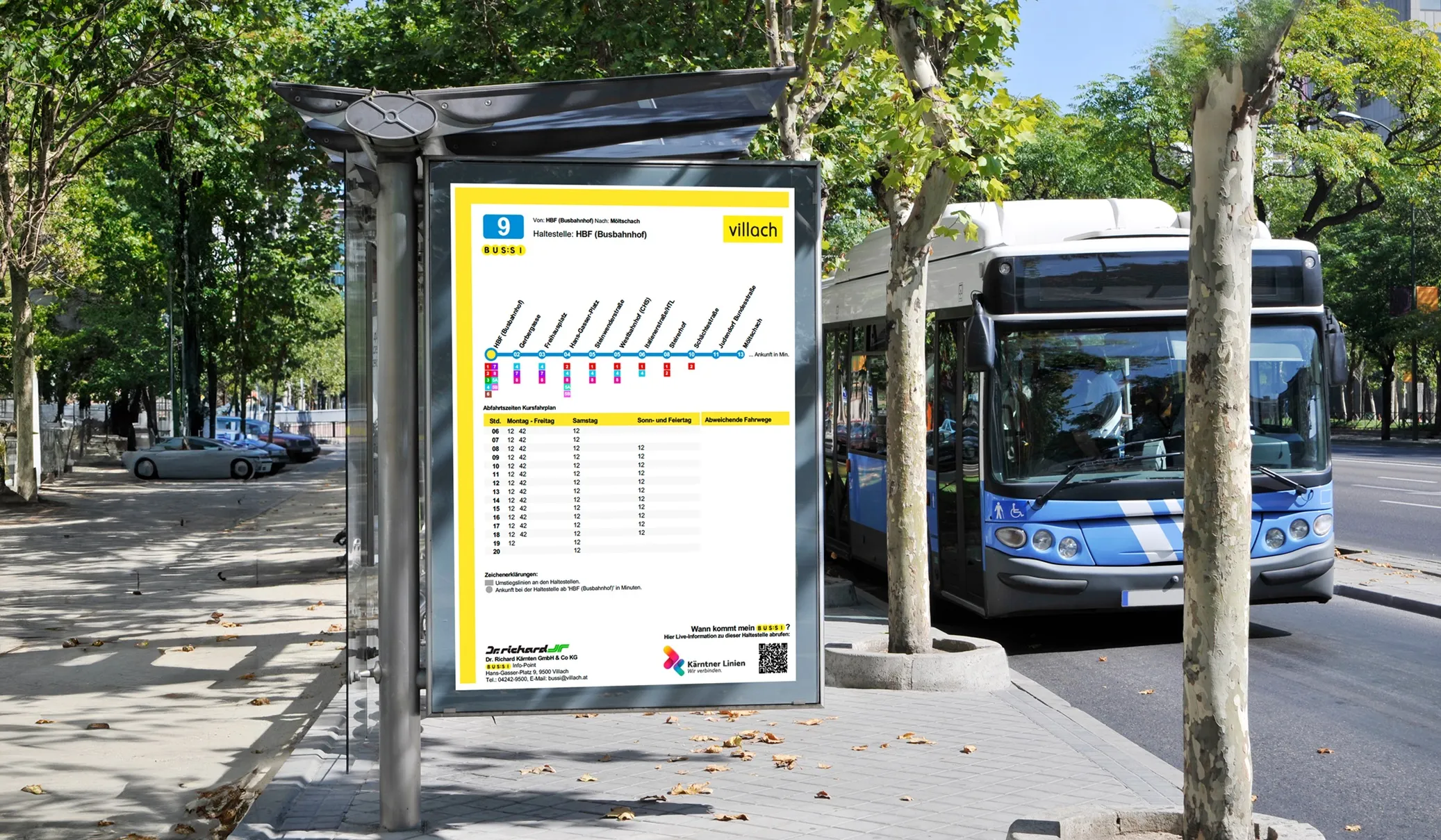
Optibus has unveiled its Passenger Billboards, the company’s latest design automation tool to simplify converting complex service data into streamlined passenger information displays.
Optibus said that it works in any country with a standard timetable dataset. The result is a more reliable mobility network with “fewer operational pains related to time and cost”.
Public transportation providers want to accurately communicate services, but traditional methods involve converting service data into print displays. Keeping those materials up-to-date across the network is time-consuming, resource-intensive and prone to errors that can incur unexpected costs. When display design is outsourced, the process can also become costly and result in loss of project control.
Through automation, Optibus Passenger Billboards streamlines the process of creating and updating static information displays at transportation stops, reducing work time from days to minutes, the firm says.
The solution suggests optimal layouts for schedules, and users can then click and transform service data into visually-striking, custom service displays. Otibus said that the result is smarter, faster work processes for operators and agencies and more reliable information for passengers.
Passenger Billboards displays up-to-date departure and arrival times, as sourced from Optibus Planning. There are key terms, icons, pictures and colours to effectively communicate the required message. Billboard can be tailored to suit specific operational needs and personalise the message with hand-picked elements. Colours, fonts and other elements can be adjusted to match brand guidelines.
As well, it can make services accessible to diverse passengers by providing information in multiple languages.
Converting a static file within a planning system into something that passengers can use to jump on a bus can be time consuming, frustrating and expensive, explained Amos Haggiag, chief executive and co-founder of Optibus. “Even more so if there is an error in a print run for a thousand bus stops because a small data point is overlooked. Optibus removes these pains through automation, creating a better work experience on the operational side and a smoother passenger experience.”
The solution is currently working with Dr. Richard Linien - one of the biggest bus companies in Austria and the largest owner-managed operators – where it is creating information displays for passengers in the city of Villach.
Passenger Billboards also connects with Optibus’ newly released Strategic Planning product. The firm says users can create optimised, impact-driven plans in Strategic Planning, then use Billboards to convert those plans into communication materials and print. Any future service changes in Strategic Planning are automatically transferred into Billboards, so you can turn updated services into updated signage in one click.










